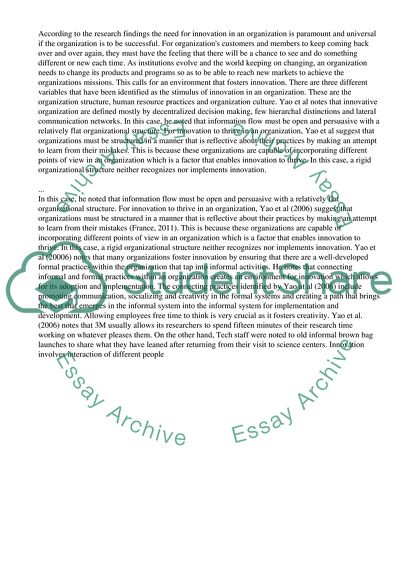Cite this document
(“How do organizations foster innovation Research Paper”, n.d.)
Retrieved from https://studentshare.org/management/1396251-how-do-organizations-foster-innovation
Retrieved from https://studentshare.org/management/1396251-how-do-organizations-foster-innovation
(How Do Organizations Foster Innovation Research Paper)
https://studentshare.org/management/1396251-how-do-organizations-foster-innovation.
https://studentshare.org/management/1396251-how-do-organizations-foster-innovation.
“How Do Organizations Foster Innovation Research Paper”, n.d. https://studentshare.org/management/1396251-how-do-organizations-foster-innovation.


